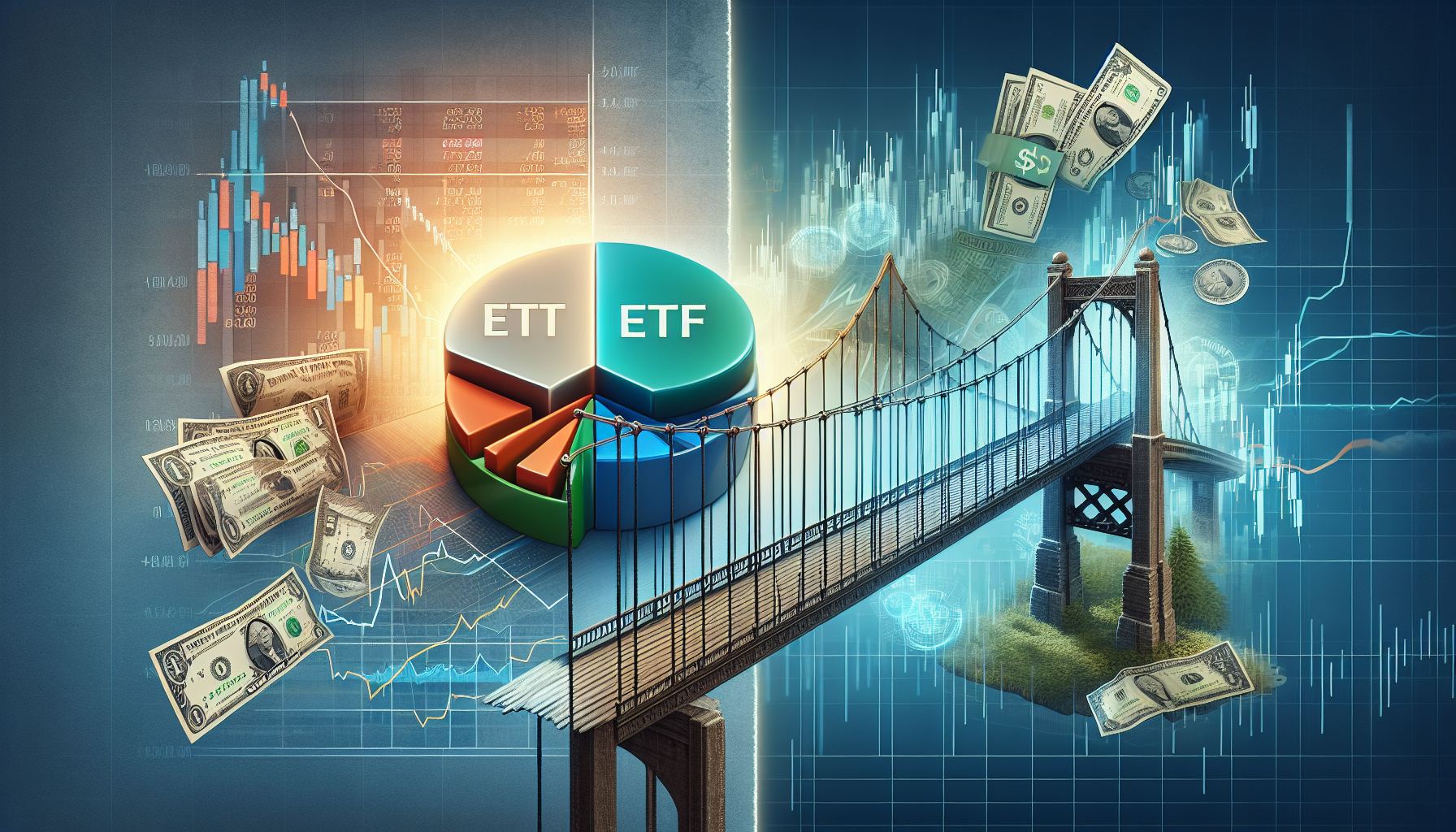
tl;dr
The SEC ends a 20-year stalemate by allowing ETF share classes in mutual funds, unlocking new investor benefits and reshaping the investment landscape.
**SEC Ends Two-Decade Stalemate, Paves Way for ETF Share Classes in Mutual Funds**
In a landmark decision that signals a major shift in the investment landscape, the U.S. Securities and Exchange Commission (SEC) has cleared the way for Dimensional Fund Advisors (DFA) to introduce ETF share classes within its mutual funds. This move, which breaks a two-decade deadlock, marks the first time since the expiration of Vanguard’s exclusive patent on the dual-class structure that other asset managers can offer similar hybrid funds. The ruling not only unlocks new opportunities for investors but also reshapes the competitive dynamics between mutual funds and ETFs.
### A Long-Awaited Breakthrough
For years, asset managers, financial advisors, and investors have lobbied for the ability to combine the benefits of mutual funds and ETFs. The SEC’s approval of DFA’s application—open for public comment before finalization—sets a precedent, with nearly 80 similar filings now poised to follow. This dual-class structure, previously exclusive to Vanguard under a patent that expired in May 2023, allows a single mutual fund to offer two share types: traditional mutual fund shares, which trade at the end of the day, and ETF shares, which trade in real time like stocks.
“This is the first real sign that the SEC is ready to let other firms follow that same dual-structure model,” said Todd Rosenbluth, head of research at TMX VettaFi. “There is no turning back.”
### Benefits for Investors and Firms
The change addresses long-standing barriers for both investors and fund managers. By enabling mutual funds to add ETF share classes, the SEC eliminates the need for firms to launch entirely new funds from scratch. This reduces costs, accelerates time-to-market, and allows existing portfolios to tap into the ETF market immediately.
For retail investors, the hybrid model offers lower fees, improved tax efficiency, and real-time trading—features traditionally associated with ETFs. “This makes it much easier for mutual funds to compete head-to-head with ETFs,” said Brian Murphy, an attorney at Stradley Ronon who has worked on similar filings. “They won’t have to wait two or three years to acquire a track record and gather assets slowly over that time.”
### SEC’s Vision for Innovation
The SEC’s decision reflects a broader push to increase competition and innovation in the investment industry. Brian Daly, director of the SEC’s Investment Management Division, emphasized the agency’s goals: “We are increasing choice. We are reducing expenses. We are increasing tax efficiency, and we are making the innovation of the ETF—now decades old—more accessible to the average retail investor.”
The move also dismantles a structural advantage ETFs have held for years. By allowing mutual funds to adopt ETF-like features, the SEC is bridging the gap between the two fund types. Gerard O’Reilly, co-CEO of DFA, called the development “putting the industry at the forefront of a revolution” in a blog post following the ruling.
### Industry Shock and Rapid Action
The SEC’s swift approval caught many in the industry off guard. Earlier in 2025, acting SEC Chair Mark Uyeda had suggested that no major changes would occur until 2026. However, DFA’s application was quickly updated with regulatory feedback, leading to Monday’s ruling.
The agency has already begun engaging with other firms. Alex Morris, chief investment officer at F/m Investments, confirmed that the SEC held a call with asset managers awaiting approval, offering guidance on next steps. While the order includes conditions to prevent conflicts between share classes—such as mandatory disclosures—the SEC has signaled that the remaining 80 applications could move forward rapidly.
### A New Era for Mutual Funds
The approval underscores a fundamental shift in how investment products are structured. For decades, mutual funds and ETFs operated in separate silos, but this ruling blurs those lines. Now, both share classes will coexist within a single portfolio, creating a hybrid model that was previously unavailable to all but Vanguard.
An SEC official involved in the decision reportedly called the DFA approval “the biggest step and biggest lift,” noting that the rest of the applications should follow swiftly. As the industry adapts, the implications for investors, fund managers, and the broader market are profound.
With this ruling, the SEC has not only modernized the regulatory framework but also ignited a new chapter in the evolution of investment vehicles—one that promises greater accessibility, efficiency, and competition for investors everywhere.